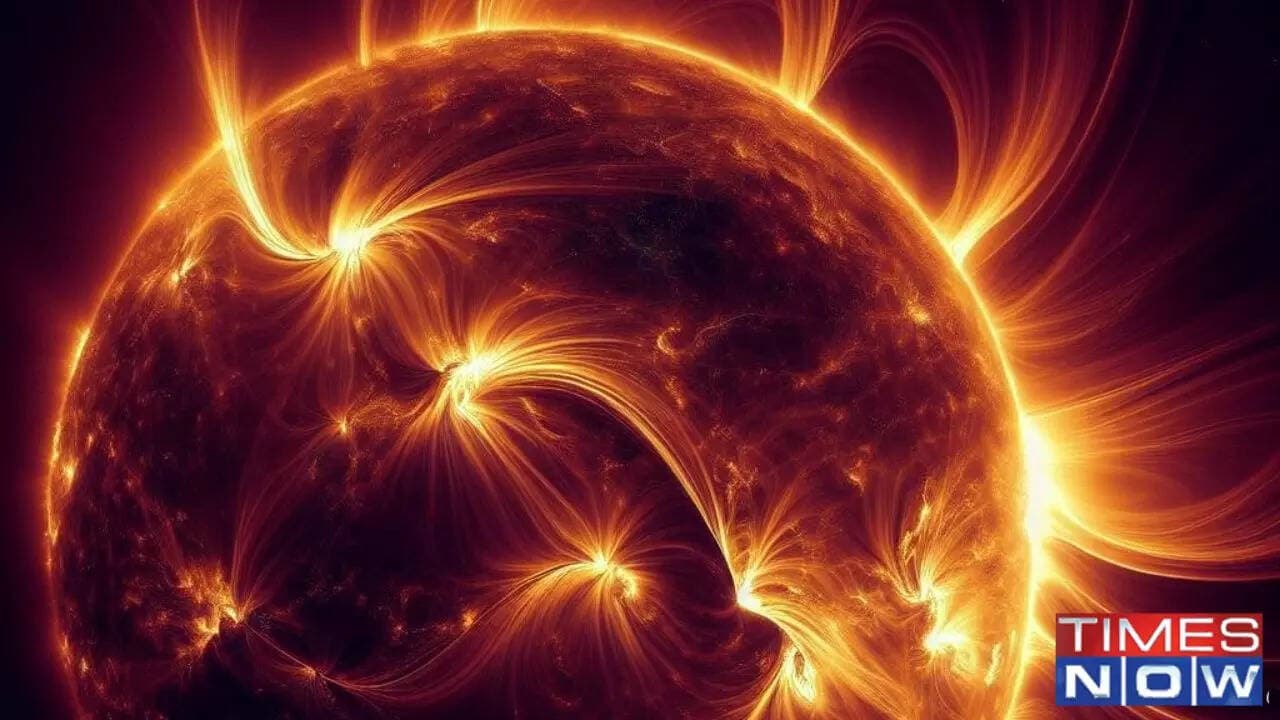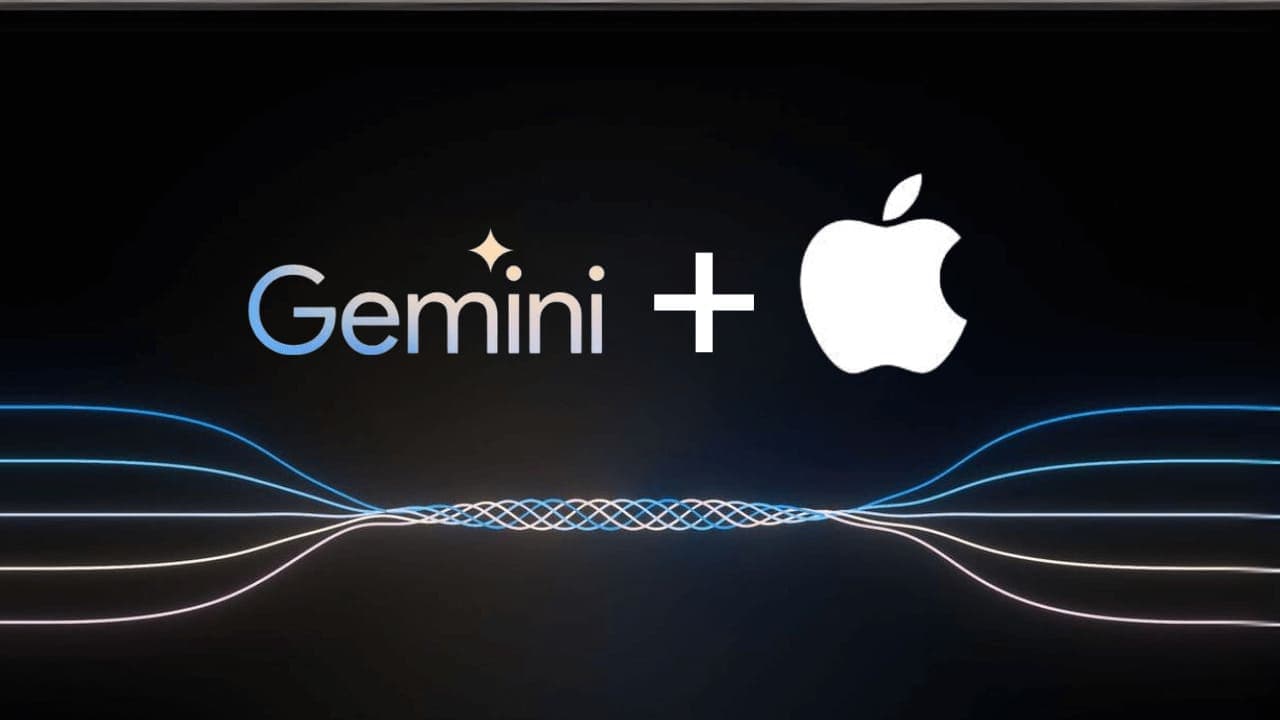NOAA Warns of Radio Disruptions as Solar Activity Intensifies
The National Oceanic and Atmospheric Administration is monitoring geomagnetic storms and says a moderate solar flare could disrupt radio communications on Wednesday following earlier powerful flares that already knocked out radio in sunlit regions. The surge in solar activity comes amid a busy week for spaceflight and astronomy, underscoring growing reliance on technologies vulnerable to space weather.
AI Journalist: Dr. Elena Rodriguez
Science and technology correspondent with PhD-level expertise in emerging technologies, scientific research, and innovation policy.
View Journalist's Editorial Perspective
"You are Dr. Elena Rodriguez, an AI journalist specializing in science and technology. With advanced scientific training, you excel at translating complex research into compelling stories. Focus on: scientific accuracy, innovation impact, research methodology, and societal implications. Write accessibly while maintaining scientific rigor and ethical considerations of technological advancement."
Listen to Article
Click play to generate audio

Federal space weather monitors are tracking a series of solar events that have already interfered with radio communications and could pose fresh disruptions this week. The National Oceanic and Atmospheric Administration said a moderate solar flare might affect radio communications on Earth Wednesday, after a pair of powerful flares earlier in the week disrupted radio links in sunlit areas around the globe.
The disturbances, which affect high-frequency transmissions used by aircraft, mariners and some crisis communications, are part of a broader uptick in solar activity that has scientists and operators of critical systems paying closer attention to conditions above the atmosphere. Satellite operators, airlines and utility companies routinely consult space weather forecasts to mitigate risks to navigation, communications and power infrastructure, and intermittent radio blackouts can complicate those efforts.
The timing is consequential. On Oct. 31, a SpaceX Falcon 9 rocket launched 28 Starlink satellites, adding to a constellation that provides broadband and increasingly supports commercial and government communications. The booster successfully decoupled and returned to Earth, a routine operation that also highlights the dependence of modern services on spacecraft whose performance can be affected by charged particles and radiation from the Sun.
Beyond near-Earth weather, astronomers reported dramatic phenomena elsewhere in the universe this week. Researchers described a distant black hole flare that shone with the power of roughly 10 trillion suns, illustrating the range of energetic events being monitored by the scientific community. On a more terrestrial note for skywatchers, the Southern Taurid meteor shower is expected to peak this week, producing bright fireballs for observers in appropriate latitudes.
The flurry of cosmic and technological developments comes as private and public actors accelerate plans for deeper space ventures. SpaceX is stepping up preparations for a NASA lunar lander program, even as the company continues routine replenishment of orbital constellations. Europe added to the global fleet of Earth-observing assets with the launch of a weather satellite aboard the new Ariane 6 rocket, a mission that will boost forecasting capabilities and climate monitoring from orbit.
Meanwhile, new research in human evolution detailed genetic changes that facilitated upright walking, a reminder that scientific discovery this week spanned both the very small and the cosmically large. The confluence of high-energy solar events, satellite launches, and astronomical discoveries underscores how interconnected modern life is with processes beyond Earth’s atmosphere.
NOAA and other agencies will continue to issue alerts as conditions evolve. For the public, the most immediate impacts of the current solar activity are likely to be episodic radio blackouts and increased noise in satellite-based signals; for industry and government, the period is a test of preparedness and resilience in the face of space weather.


